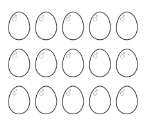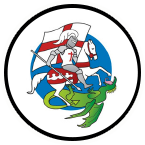Calculation Guides and Mathematical Representations
Calculation Guides
Above are the calculation policies for EYFS - KS1, Lower KS2 and Upper KS2. The guides demonstrate how we begin to teach a concept using concrete, pictorial and abstract representations, and how this progresses through each concept and each year group.
Key Mathematical Representations for Addition and Subtraction
One of the 5 Big Ideas of Mastery is Representation and Structure. A focus on exposing the structure of mathematics and developing an understanding of how and why maths works is crucial to mastery.
Concrete materials, contexts, drawings, diagrams and equations all play a role. These are discussed through opportunities for pupil-pupil and pupil-teacher talk, to develop reasoning, flexibility and adaptability in mathematical thinking.
The images below show how concrete objects, drawings, diagrams and equations used in the teaching and learning of addition, subtraction, multiplication and division. The same representations are used when teaching the four operations, which enable children to make connections between the concepts they have mastered. The same representations are used across the year groups.
![]()









Key Mathematical Representations for Addition and Subtraction
Arrays
Arrays are a visual representation of multiplication and division. They are arranged into rows and columns, clearly showing equal groups within a number. This helps children to distinguish between each number in multiplication and division calculations. They are an excellent tool for showing what X groups of Y is equivalent to. They also clearly show the commutativity of multiplication (i.e. how ‘X groups of Y ’ has the same total as ‘Y groups of X’).

5 + 5 + 5 = 15 3 + 3 + 3 + 3 + 3 = 15
3 groups of 5 = 15 5 groups of 3 = 15
3 x 5 = 15 5 x 3 = 15

15 shared into 3 equal parts. There are 5 in each part.
15 ÷ 3 = 5
15 divided into groups of 5. There are 3 groups.
15 ÷ 5 = 3

![]()









